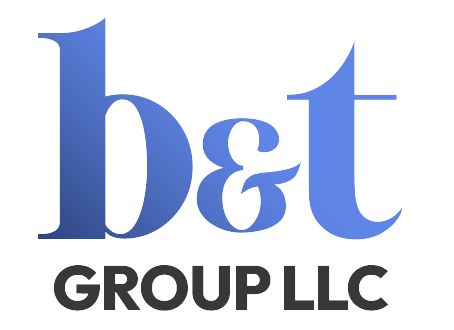How to Ensure Compliance, Safety, and Sustainability in Procurement

Procurement is not only about buying goods and services, but also about complying with the ethical and environmental standards in the process. Compliance, safety, and sustainability are the three pillars of responsible procurement, and they involve:
- Compliance: Compliance is the adherence to the laws, regulations, and policies that govern procurement, such as anti-corruption, anti-trust, anti-discrimination, and data protection. Compliance ensures that procurement is legal, fair, and transparent.
- Safety: Safety is the protection of the health, safety, and well-being of the people involved in procurement, such as employees, suppliers, customers, and communities. Safety ensures that procurement is safe, secure, and humane.
- Sustainability: Sustainability is the consideration of the environmental, social, and economic impact of procurement, such as carbon footprint, waste management, resource efficiency, and social responsibility. Sustainability ensures that procurement is green, circular, and inclusive.
To ensure compliance, safety, and sustainability in procurement, you need to adopt a proactive, holistic, and strategic approach. Here are some steps that can help you:
- Assess and mitigate the risks: You need to assess and mitigate the risks that may affect compliance, safety, and sustainability in procurement, such as fraud, bribery, human rights violations, environmental damage, and reputational damage. You can use tools such as risk assessment frameworks, audits, and due diligence to identify and address the risks.
- Measure and improve the impact: You need to measure and improve the impact of compliance, safety, and sustainability in procurement, such as cost savings, quality improvement, customer satisfaction, and social value. You can use tools such as key performance indicators (KPIs), reporting, and certification to monitor and enhance the impact.
- Engage and educate the stakeholders: You need to engage and educate the stakeholders that are involved or affected by compliance, safety, and sustainability in procurement, such as employees, suppliers, customers, and communities. You can use tools such as training, awareness, and communication to inform and involve the stakeholders.
By following these steps, you can ensure compliance, safety, and sustainability in procurement, and create value for your business and society.


Leave a Reply